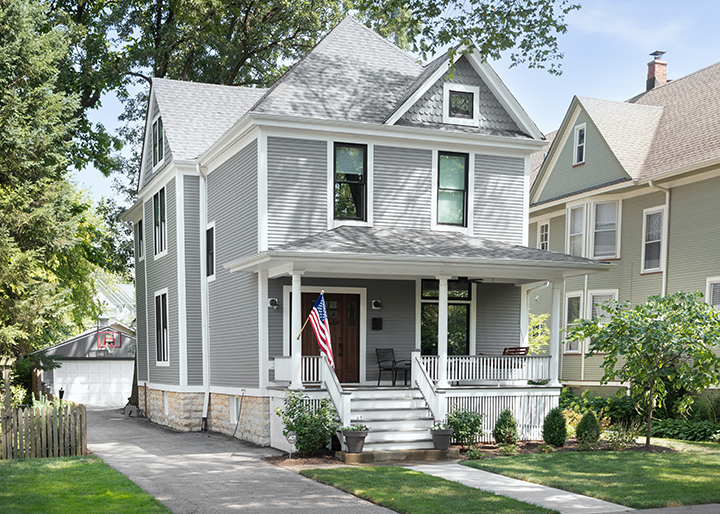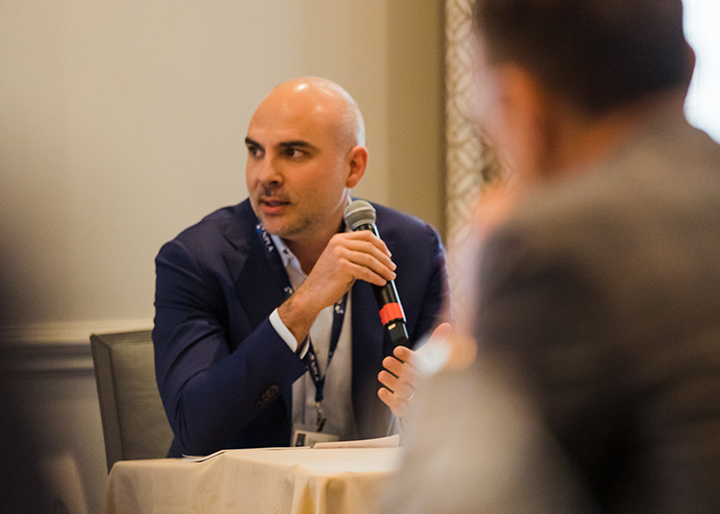HOME-MORTGAGE LENDING ACROSS U.S. FALLS TO MORE THAN 20-YEAR LOW IN FIRST QUARTER
Total Residential Loans Drop Another 19 Percent Quarterly to Lowest Point Since 2000;Refinance and Purchase Lending Decline Nearly 20 Percent Quarterly, With Refinancing Down 85 Percent Annually;Home-Equity Lending Decreases for Second Straight Quarter ATTOM, a leading curator of land, property, and real estate data, released its first-quarter 2023 U.S. Residential Property Mortgage Origination Report, which shows that just 1.25 million mortgages secured by residential property (1 to 4 units) were originated
Read More











